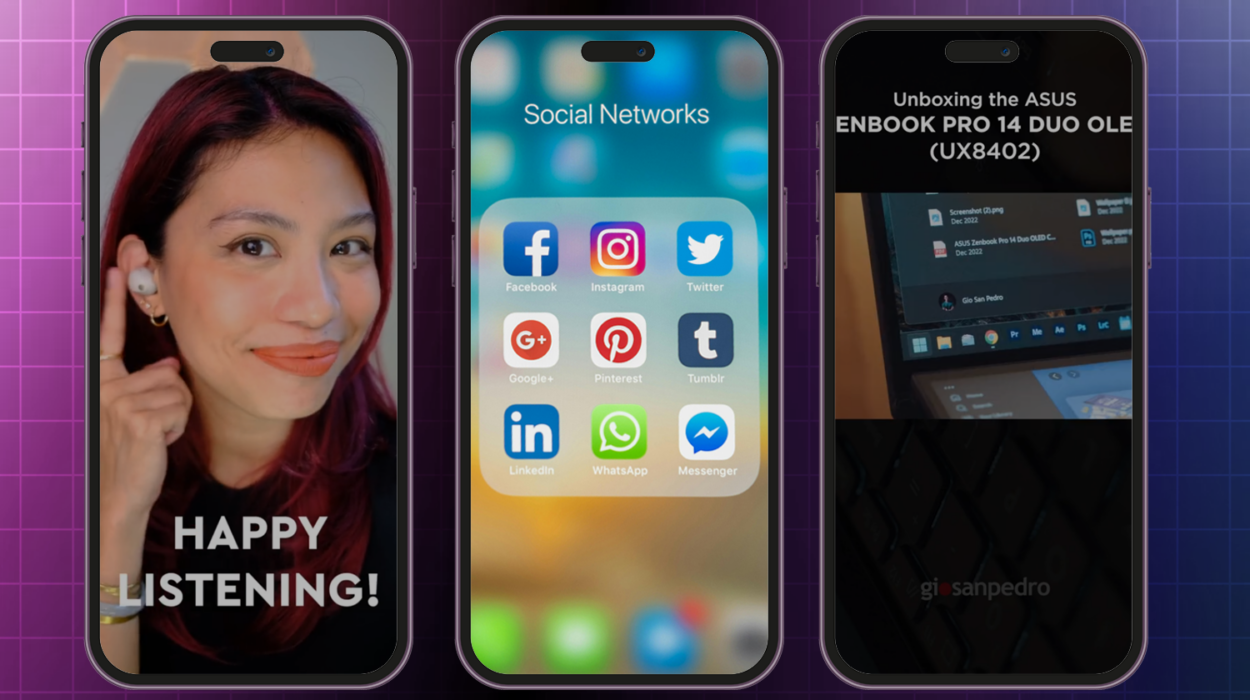Hey! Notice me! Is something you want to do when it comes to your titles to garner the interactions and views your post needs. It’s all about the back-and-forth between you and your viewer before they even see what you have to say.
Whether it be an act of over-promising, misleading, or sensationalizing a headline, the goal is to always have the maximum amount of views and interactions. You can make the greatest edited video of your life or probably the best-written article but when your titles and thumbnails end up falling flat, you might as well just post it in a private account.
First impressions matter. A lot.
Some of the best practices in PR always involve efficient ways to expand exposure and visibility. With everything being online nowadays – work or leisure, there is a greater need to fight for the attention you would want your post to get. Regardless of the subject matter, it all comes down to a couple of things, would you want to tease, taunt, or entice your viewer into clicking into what you have to say?
Everyone loves a good chase.
Nothing piques an individual’s interest more than a fun little challenge. When your title is specifically designed to appeal to one’s curiosity then, you’re already halfway there. A curious viewer is more than likely to click on your work. They may or may not finish consuming your content, but your click-through rate is up, which enables your post to be more visible in the online space. The ultimate resource is people’s time and attention.
Let’s say you want to talk about a niche topic such as the increasing delay in the production of computer chips causing the inability of the tech industry to meet the rising demand for electronics during the lockdown. Maybe your first title would be “Computer Chip Shortages Hinder the Electronic Market”. It’s straightforward but does it really invite more investigation out of the potential viewer?
The title already summarized the article which gives no real incentive to read through the whole thing just to land to the conclusion that computer chip shortages really do hinder the electronics market. How about “You Won’t Be Getting That New Gadget Anytime Soon”? The new title now creates a curiosity gap for the viewer to potentially explore. Deliberately ambiguous but, it’s not an entirely false statement to make.
Click baiting entails a big responsibility for the content creator.
You want to make sure that your titles are interesting enough to invite further exploration or you can easily lose the trust of your viewers by overpromising the content that you have. Titles such as “This is the Greatest Life Hack!” or “You Wouldn’t Believe What Just Happened!” all sound too generic and hyperbolic. You are setting yourself up to disappoint your viewer if you hype up something that isn’t as grand as you made it up to be. This can cause a downward domino effect on your content’s interaction rates.
P.T. Barnum, arguably one of the earliest to ever adopt an excessive form of a “clickbait” PR strategy wrote in his book, The Art of Money Getting, “You may advertise a spurious article and induce many people to call and buy it once, but they will denounce you as an imposter and swindler, and your business will gradually die out and leave you poor.”
The internet is filled to the brim with people who have something to say, the trick to standing out is to immediately assert yourself as someone who needs to be paid attention to.
Whether it be a marketing campaign, a PR initiative, or just you wanting to share an opinion, practicing good and responsible click-baiting goes a long way to solidifying your presence in online spaces. Making good content is half the job. Set the bait, lure them in, and make sure you don’t disappoint with what they’ll see.
ALSO READ: How Shein Became the World’s #1 Fast Fashion Brand
M2.0 Communications is a public relations and communication agency that offers a range of services including PR advisory, reputation management, stakeholder engagement, crisis communication, and media training. As one of the top PR agencies in the Philippines, we ensure that our storytelling strategies adopt an evidence-based approach to help brands engage their target audience. Learn more about how our PR firm helped our partners achieve their goals on our case studies page.


